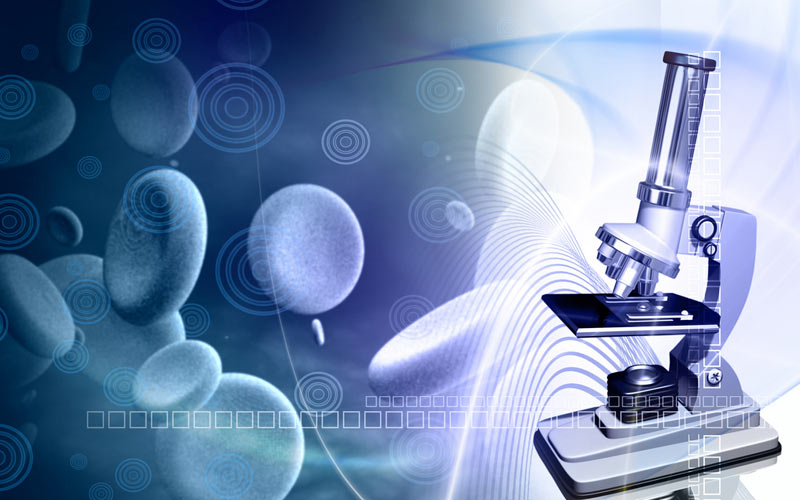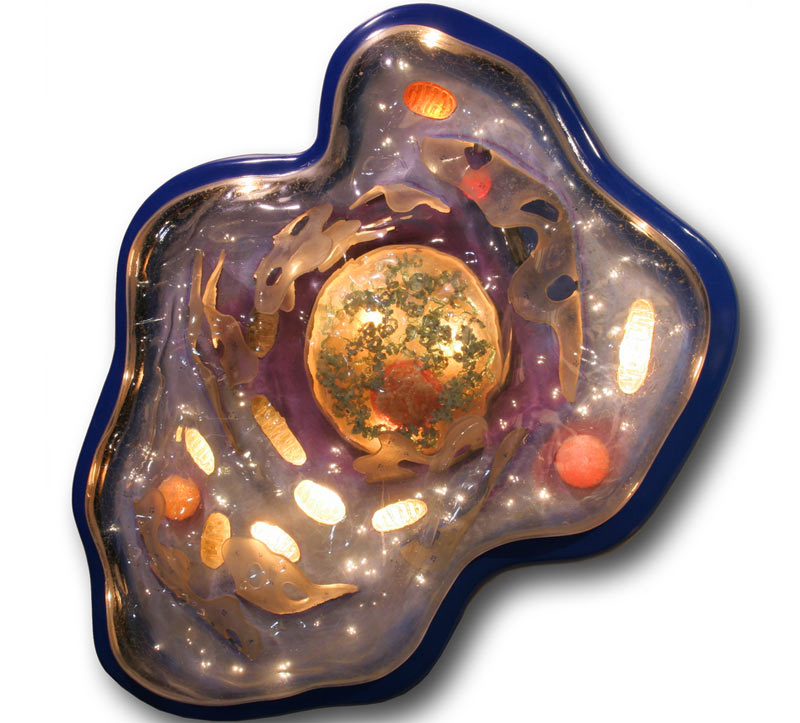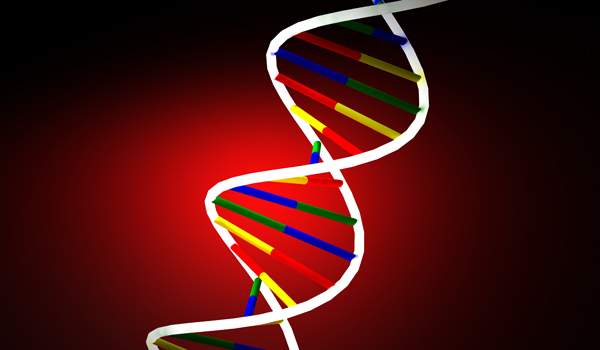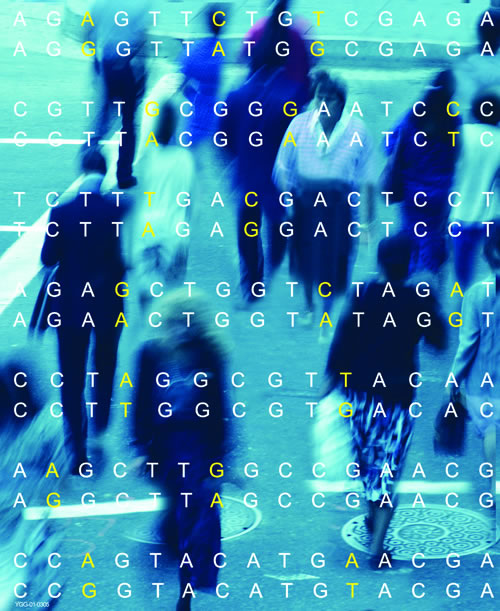7 Revolutionary Nobel Prizes in Medicine
Medicine Nobels

From the structure of DNA to the process of in vitro fertilization, a long line of biology discoveries and innovations have earned the field's foremost scientific accolade: the Nobel Prize in physiology or medicine. Since the prize's founding in 1901, the Nobel committee has awarded 104 medicine prizes to 204 people. Here are a few of the highlights:
Cell transport

The 2013 prize went to a team of scientists who discovered how the body's cells transport molecules to the right locations. American scientists James Rothman of Yale University and Randy Schekman of the University of California, Berkeley, along with German-born scientist Thomas Südhof of Stanford University received the honor for their discoveries of the molecular principles governing how molecules, such as the hormone insulin, arrive at the right place at the right time.
Diphtheria and tetanus treatment

The first Nobel prize for medicine or physiology was awarded in 1901 to German researcher Emil von Behring, for his work on serum therapy, a method of treating disease by the injecting the blood serum of immune animals. In particular, the award committee honored von Behring's use of serum therapy to treat the respiratory illness diphtheria and the nervous system infection tetanus. "He has opened a new road in the domain of medical science and thereby placed in the hands of the physician a victorious weapon against illness and deaths," the committee said at the time.
Penicillin

Few advances have revolutionized the field of medicine as much as Alexander Fleming's discovery of the first natural antibiotic, penicillin, in 1928. The medicine Nobel was awarded to Scottish biologist Fleming, along with British biochemist Ernst Boris Chain and Australian pathologist Sir Howard Walter Florey in 1945 for the antibiotic's discovery and "its curative effect on various infectious diseases." Derived from the Penicillium fungi, penicillin treats a host of bacterial infections, and saved the lives of countless wounded soldiers during World War II.
The double helix

James Watson, Francis Crick and Maurice Wilkins won the prize in 1962 for their discovery of the structure and significance of deoxyribonucleic acid, better known as DNA. Rosalind Franklin, whose X-ray crystallography work played a key role in solving DNA's structure, died in 1958 and was not awarded the prize (Nobel rules prohibit awarding the prize posthumously). Other researchers who did not share the prize but who made important contributions to elucidating DNA's properties include Alex Stokes, Herbert Wilson, Erwin Chargaff and Oswald Avery.
Jumping genes

American cell geneticist Barbara McClintock received an unshared prize in 1983 for her discovery of genetic transposons, DNA sequences that can change their position in the genome. She was one of only 10 women who have won the prize. Others include Gerty Cori, who won the 1947 prize for her contributions to the discovery of how the body breaks down and re-creates the energy-storing sugar glycogen, and Elizabeth Blackburn and Carol Greider in 2009, for their work in discovering how repetitive DNA sequences called telomeres and the enzyme telomerase protect chromosomes from deterioration.
Tuberculosis treatment

The 1952 prize was awarded to Selman Waksman for his discovery of streptomycin, the first antibiotic for tuberculosis. The award decision launched a controversy because Albert Schatz, the antibiotic's co-discoverer, was not included in the prize. Schatz sued Waksman over credit for the discovery, and won a settlement and patent rights, but never received the Nobel.
Get the world’s most fascinating discoveries delivered straight to your inbox.
In vitro fertilization

The 2010 prize went to English physiologist Robert Edwards for developing in vitro fertilization (IVF), the process of fertilizing a human egg outside of the body. The technique involves monitoring a woman's reproductive cycle, removing eggs from her ovaries, fertilizing them with sperm in a lab dish, and implanting the fertilized egg into the woman's uterus. Louise Brown, born in 1978 in Britain, was the first "test tube baby" conceived using IVF.



